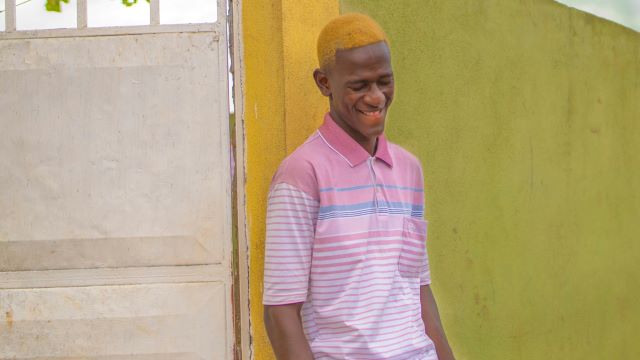By Sandra Harvis
In Angola, fashion is undergoing a quiet but remarkable transformation. Rooted in a long history of textile artistry and ceremonial dress, the country’s designers are increasingly blending the past with the present, producing garments that speak to both heritage and modernity. The result is a distinctive style language—one that reflects a cultural confidence shaped as much by centuries-old traditions as by the pulse of global trends.
Patterns That Tell Stories
Angola’s textile heritage offers a vivid palette for contemporary creation. Palanca fabrics, once reserved for formal ceremonies, stand out with bold geometric forms and deep, saturated hues. These patterns, traditionally worn in structured, formal contexts, now surface in streetwear, day dresses, and sharply tailored shirts. The shift reflects not just a change in fashion, but a reimagining of cultural identity for everyday life.
Equally prominent is Kimbundu cloth, celebrated for intricate embroidery and vibrant tones. Once central to traditional attire, it now graces evening gowns, bespoke suits, and statement accessories. The interplay between its historical associations and modern cuts brings an unexpected sophistication to both casual and formal collections.
Garments Reimagined
Beyond textiles, the garments themselves are being reshaped. The mubanga, a classic wrap garment worn by women, has taken on new silhouettes—from asymmetrical skirts to structured dresses. Designers alter lengths, layer fabrics, and adapt the draping to suit both cosmopolitan and provincial tastes.
For men’s fashion, the adidja—historically a flowing, traditional ensemble—has inspired a new wave of tailored jackets and slim-cut trousers. While the materials often draw from indigenous weaving traditions, the lines and fit mirror international suiting trends, making the garments as at home in Luanda’s boardrooms as in its marketplaces.
The Designers Behind the Shift
Several figures have become synonymous with this cultural-meets-contemporary aesthetic. Lúcia dos Santos has earned acclaim for integrating heritage patterns into high-fashion silhouettes. Her collections, often showcased in major regional fashion weeks, juxtapose delicate embroidery with architectural cuts, positioning Angolan textiles as couture-worthy.
João Pereira, in contrast, is known for bold experimentation—pairing symbolic motifs with unconventional fabrics, metallic finishes, and unexpected layering. His work pushes beyond nostalgia, framing tradition as a living, adaptable design language.
Stages for Style
Events such as Luanda Fashion Week have become vital showcases for these evolving trends. The annual gathering draws local audiences and visiting buyers, offering a stage where the country’s fashion identity is presented with the same production value as global capitals.
Cultural festivals across Angola also serve as informal runways. At gatherings like the Festas de Nossa Senhora da Muxima, traditional attire often appears alongside updated interpretations, creating visual dialogues between generations.
Looking Ahead
The fusion of heritage and modernity shows no sign of fading. In a fashion world increasingly attentive to authenticity, Angola’s approach offers both visual richness and cultural depth. By elevating indigenous craftsmanship while embracing international silhouettes, designers are ensuring that Angolan fashion is not just preserved but continually renewed.
An emerging focus on sustainability reinforces this trajectory. By relying on locally sourced fabrics and traditional production methods, many designers are aligning cultural preservation with environmental responsibility.
As Angola’s fashion narrative unfolds, it is becoming less a question of whether tradition and trend can coexist, and more an assertion that the two, woven together, can define an era.
Sources
- Angola Ministry of Culture and Tourism. Textiles and Traditions: A Cultural Overview. 2023.
- Luanda Fashion Week Official Programme. 2024.
- Pereira, J. Interview in Moda Angola Quarterly. 2023.
- UNESCO. “Intangible Cultural Heritage in Angola.” 2022.


